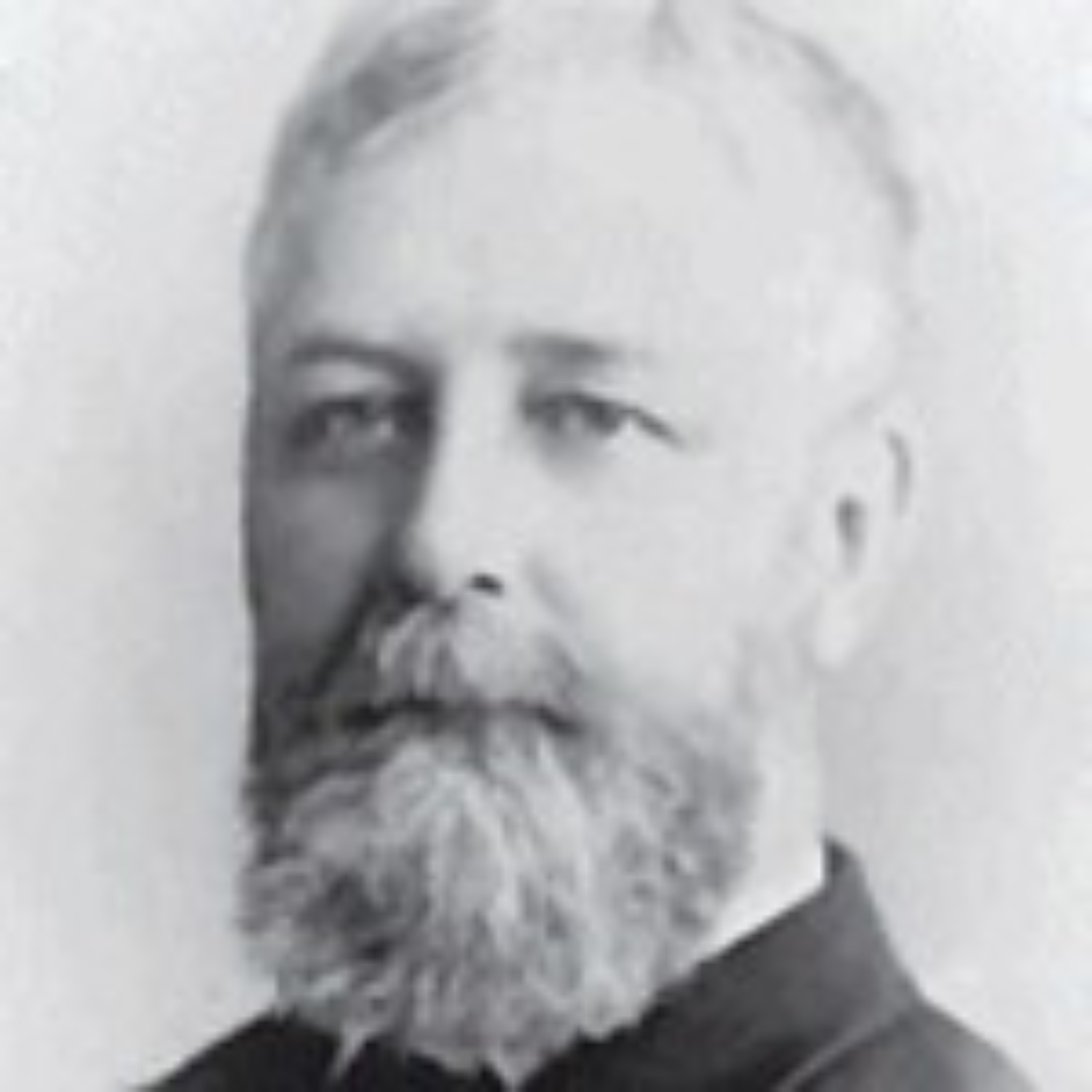Historic Compromise (English with subtitles)
The video describes the evolution of workers’ compensation in Canada, from the dangerous working conditions of the Industrial Revolution to the establishment of a system that protects workers and employers.



